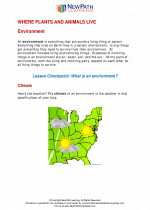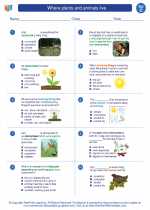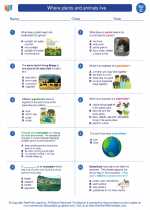Hibernation
Hibernation is a natural survival strategy that some animals use to cope with harsh environmental conditions, especially during the winter months. During hibernation, animals enter a state of dormancy where their metabolic rate, body temperature, and physical activity are significantly reduced, allowing them to conserve energy and survive on stored body fat for an extended period of time.
Adaptations for Hibernation
Animals that hibernate have evolved specific adaptations to enable them to survive the hibernation period. These adaptations may include:
- Increased Body Fat: Hibernating animals store a large amount of body fat prior to entering hibernation, which serves as a source of energy during dormancy.
- Lowered Metabolic Rate: Hibernating animals reduce their metabolic rate to conserve energy, often dropping their body temperature to near freezing levels.
- Reduced Heart Rate and Breathing: Hibernating animals slow down their heart rate and breathing, further minimizing energy expenditure.
- Insulated Shelter: Many hibernating animals seek out insulated shelters such as burrows, dens, or underground nests to protect themselves from extreme cold temperatures.
Examples of Hibernating Animals
Several species of animals are known to hibernate, including:
- Bears
- Groundhogs
- Bats
- Hamsters
- Several species of rodents
Study Guide
Here are some key points to remember about hibernation:
- What is hibernation?
- How do hibernating animals conserve energy?
- What adaptations do hibernating animals possess?
- Provide examples of animals that hibernate.
Understanding the concept of hibernation can provide valuable insights into the natural behaviors and survival strategies of animals in the wild.
.◂Science Worksheets and Study Guides Third Grade. Where plants and animals live

 Worksheet/Answer key
Worksheet/Answer key
 Worksheet/Answer key
Worksheet/Answer key
 Worksheet/Answer key
Worksheet/Answer key
 Vocabulary/Answer key
Vocabulary/Answer key
 Vocabulary/Answer key
Vocabulary/Answer key
